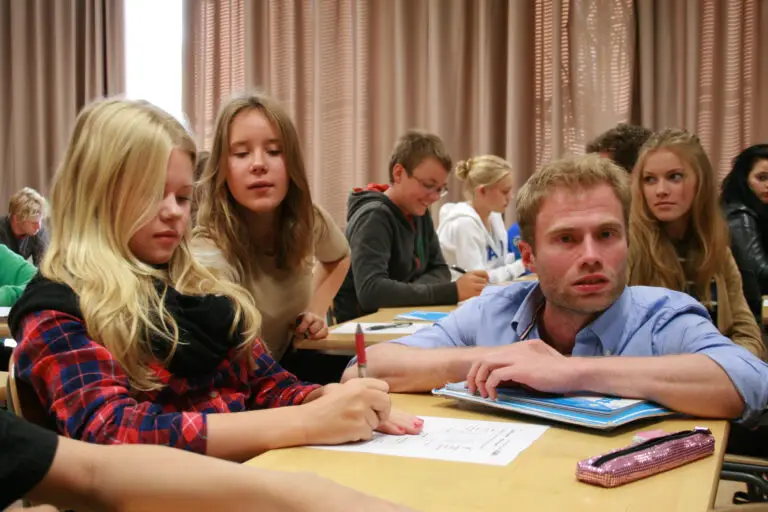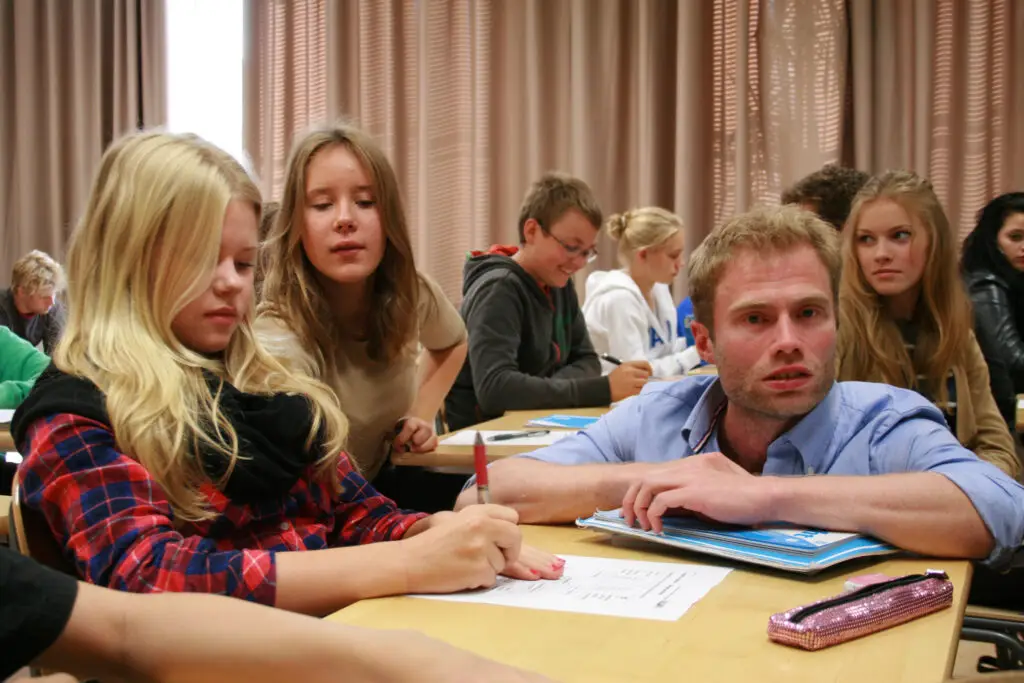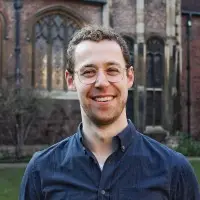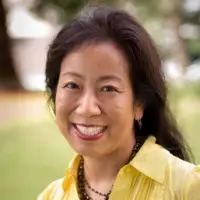As Americans, we love innovation and we’re good at it. We pride ourselves on ingenuity. We celebrate inventors. We are, generally, more tolerant of failure than other countries. And our federal government has long allocated money for research and early-stage ideas, from the transcontinental railroad to the internet.
At the same time, we have never been shy about adopting great ideas from elsewhere. Some of the most quintessentially American things are actually imports. Apple pie? Invented by the Greeks. Denim? First woven in France. Hot dogs were brought over by German and Austrian immigrants. Even our national anthem is based on a British drinking song.
This pattern holds true in K-12 education. Famed reformer Horace Mann worked from the Prussian system. Montessori and Waldorf models have European roots. More recently, American educators have embraced Singapore’s approach to teaching math and the Japanese practice of “jugyokenkyu” (lesson study) to improve their instruction.
Now, in the aftermath of the pandemic, students are working hard to make up for lost time and educators are concerned about so many things: book bans, stressed students, limited resources. The time is ripe for new approaches to enhance student experiences and accelerate academic progress.
In a new series, the Center on Reinventing Public Education will spotlight inspiring ideas from schools and communities around the globe that might address America’s most persistent education challenges. We will highlight strategies to accelerate foundational skills, improve student mental health, and expand the education workforce. We’ll profile a low-cost, highly effective tutoring intervention that’s boosted math scores in other countries. We’ll feature places that deploy young-adult alumni and senior citizens to schools to restore students’ sense of belonging in schools. We’ll illuminate a city in one country where students living in poverty now outscore their affluent peers in the nation’s capital. We are excited to share these and other compelling stories with you.
A world of diverse strategies

American educators frequently seek to emulate Finland’s enviable test scores. But Finland has historically looked abroad as well for ideas to improve education. For example, its inquiry-based educational approach evolved in tandem with “interdisciplinary learning” initiatives in countries such as Singapore, where students build knowledge by studying more than one subject at once. The Finnish also decentralized schooling in the 1990s, which mirrored the approach in top-scoring nations like Estonia. Finnish students’ strong academic outcomes reflect the nation’s decades-long focus on prioritizing equity by allocating more funds for students who need more help, offering individualized guidance to all students, and limiting tuition-based schools. Their holistic approach to curriculum and instruction is bolstered by a highly selective teacher pipeline (only the top 10% of applicants are admitted to the country’s education schools) and ongoing training for them.
But even the Finns are not content. Their students’ international test scores have dipped in recent years even as other high-performing countries such as Singapore and Estonia have continued to increase. That’s led some Finnish educators to look for new strategies.
“One of the ways that teachers improve is by learning from other teachers,” acclaimed Finnish scholar Pasi Sahlberg once wrote in a journal article about his country’s education system. “Schools improve when they learn from other schools. Isolation is the enemy of improvement.”

Solutions abroad for the United States
In the wake of shared trauma from Covid-19 disruptions, teachers and education leaders worldwide are hungry for new learning recovery strategies. We’ll spotlight solutions that have already been adopted by some local educators and could realistically be adapted by more. Some are existing practices combined in new ways or offered with a different twist.
Most of the solutions we feature have a solid evidence base of demonstrated efficacy. Fortunately, rigorous evaluation is used globally, and multinational agencies have long invested in studies of local success stories. And we will go beyond the numbers to share the stories and experiences of students, teachers, and families.
We’re elevating ideas that will enable schools to meet multiple goals at once, and we’ll spotlight schools, systems and communities that have embraced goals aligned with their families’ aspirations for their children.
These solutions have a track record of success in a variety of contexts – essential since the American education landscape is famously heterogeneous. A solution from a village in the Peruvian Andes might have more resonance for a rural Montana district than something that has worked in a big American city. Ideas from lower-resourced countries can be more affordable for schools here.
To be sure, cultural, political, social and economic factors all affect whether an idea is suitable in a new context. We’ll provide insights from practitioners so that local educators and leaders can localize the innovation without undermining the efficacy of the approach.





